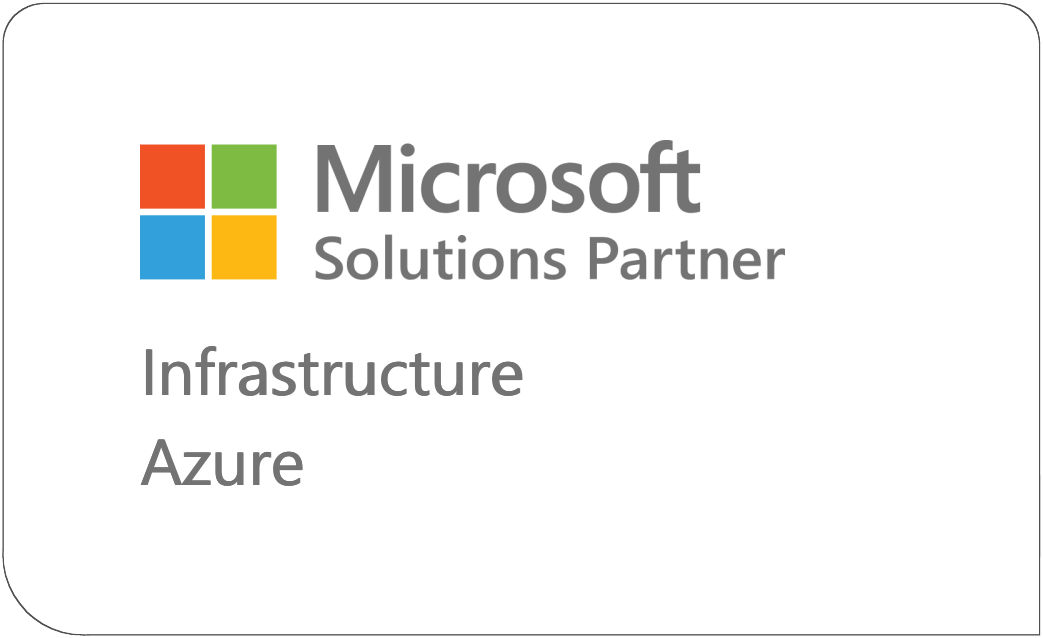
Cost Management and Optimization in Azure
Understanding the importance of effective Azure cost management and how to approach.
In today’s rapidly evolving digital landscape, cloud computing has become a cornerstone of business operations. Microsoft Azure offers a comprehensive suite of tools and services that enable businesses to innovate, scale, and operate efficiently. However, with the flexibility and scalability of Azure comes the challenge of managing and optimizing cloud costs. For businesses of all sizes, understanding and controlling Azure costs is crucial to ensure financial efficiency and maximize the return on investment (ROI) from cloud services.
Unmonitored cloud usage can lead to unexpected costs and budget overruns. Effective cost management ensures that businesses stay within their allocated budgets and avoid financial surprises. By identifying and eliminating wasteful expenditures, businesses can significantly reduce their cloud spending. This includes rightsizing resources, utilizing cost-effective pricing models, and optimizing resource usage.
Azure allows businesses to scale their resources up or down based on demand. Cost management tools help ensure that scaling is done efficiently, preventing over-provisioning or under-utilization of resources. As business needs evolve, so do cloud requirements. Effective cost management provides the flexibility to adapt to changing conditions without incurring unnecessary expenses. By continuously monitoring and optimizing resource usage, businesses can ensure they are getting the best value from their Azure investment. This involves using the right types of resources and services for specific workloads. Cost management allows businesses to allocate their cloud budget strategically, investing in areas that drive growth and innovation while minimizing expenditure on less critical areas.
While the benefits of effective cost management are clear, achieving it can be challenging due to the complexity and dynamic nature of cloud environments. Common challenges include gaining comprehensive visibility into cloud spending across multiple services and departments, uncontrolled proliferation of cloud resources leading to inefficiencies and increased costs, predicting and managing fluctuating usage patterns to avoid under or over-provisioning, and navigating various pricing models and options to choose the most cost-effective solutions.
To address these challenges, Azure offers a range of tools and strategies designed to help businesses manage and optimize their cloud costs effectively. Azure Cost Management and Billing provides detailed insights into cloud spending, budget tracking, and cost analysis features. Azure Advisor offers personalized recommendations for optimizing costs, improving performance, and enhancing security. The Azure Pricing Calculator helps estimate costs for planned workloads and compare different pricing options. Reserved Instances and Spot VMs offer significant savings for predictable and interruptible workloads, respectively. Tagging and Resource Management enables categorization and tracking of costs by departments, projects, or cost centers.
Common Challenges for Managing Azure Costs
While Azure offers powerful tools and services to support businesses in their digital transformation, managing the associated costs effectively can be challenging.
One of the significant challenges in managing Azure costs is dealing with unpredictable usage patterns. Businesses often experience fluctuations in demand, which can lead to unexpected spikes in cloud usage and, consequently, higher costs. These variations can be due to seasonal trends, marketing campaigns, or unforeseen events that drive traffic and resource consumption.
Gaining comprehensive visibility into cloud spending is another common challenge. Azure services are often used across various departments and projects within an organization, making it difficult to track and attribute costs accurately. This lack of visibility can lead to inefficient resource usage and difficulties in identifying areas where cost savings could be realized.
Some organizations struggle to understand how different services contribute to overall expenses, making it hard to pinpoint specific cost drivers. Additionally, without detailed cost breakdowns, organizations may miss opportunities to optimize resource allocation and eliminate waste. Tools like Azure Cost Management and Billing can help improve visibility, but they require proper configuration and ongoing management to be effective.
As businesses scale their operations in the cloud, they often encounter the problem of resource sprawl. This occurs when unused or underutilized resources proliferate, leading to inefficiencies and unnecessary costs. For example, virtual machines, storage accounts, and databases might be provisioned for short-term projects but not decommissioned afterward, continuing to incur costs.
Resource sprawl can be exacerbated by decentralized cloud management practices, where individual teams or departments have autonomy over their cloud usage without centralized oversight. Azure offers a variety of pricing models and options, each with its own set of advantages and considerations. While this flexibility is beneficial, it also adds complexity to cost management. Businesses must navigate on-demand pricing, reserved instances, spot instances, and various service tiers to find the most cost-effective solutions for their workloads.
Understanding and comparing these pricing models can be time-consuming and requires a thorough analysis of usage patterns and performance requirements. Without expertise in Azure pricing, businesses might opt for suboptimal configurations that lead to higher costs.
Many organizations adopt a multi-cloud strategy to leverage the best features of different cloud providers or to enhance redundancy and resilience. While this approach offers numerous benefits, it complicates cost management. Each cloud provider has its own pricing structure, billing methods, and cost management tools, making it challenging to gain a unified view of overall cloud spending.
Integrating cost management practices across multiple cloud platforms requires specialized tools and expertise. Businesses need to invest in solutions that provide a consolidated view of cloud costs and facilitate cost optimization across different environments.
Conclusion
As a Microsoft Solutions Partner, Oakwood specializes in helping organizations manage and optimize their Azure costs through a comprehensive approach. We analyze your unique cloud usage patterns to right-size resources, leverage Reserved Instances and Spot VMs for significant savings, and implement storage optimization strategies. By utilizing Azure Hybrid Benefit, setting up budgets and cost alerts, and applying effective tagging and resource management, we ensure financial efficiency. Our continuous monitoring and regular audits, combined with leveraging Azure’s built-in tools like Azure Cost Management and Advisor, enable proactive and ongoing cost optimization, maximizing your return on cloud investments.
If you should have any questions or concerns over your organization’s cloud spend, please leave us a note below to schedule a conversation with one of our cloud experts.




